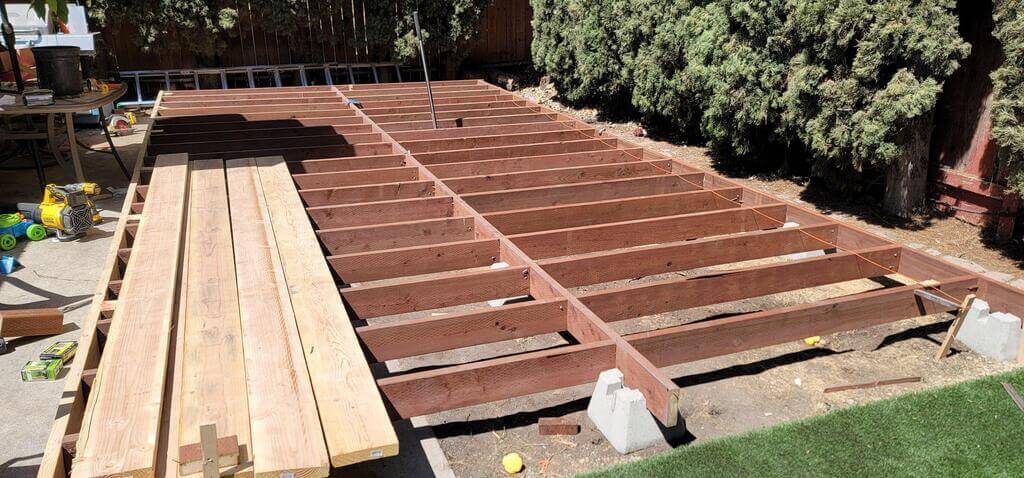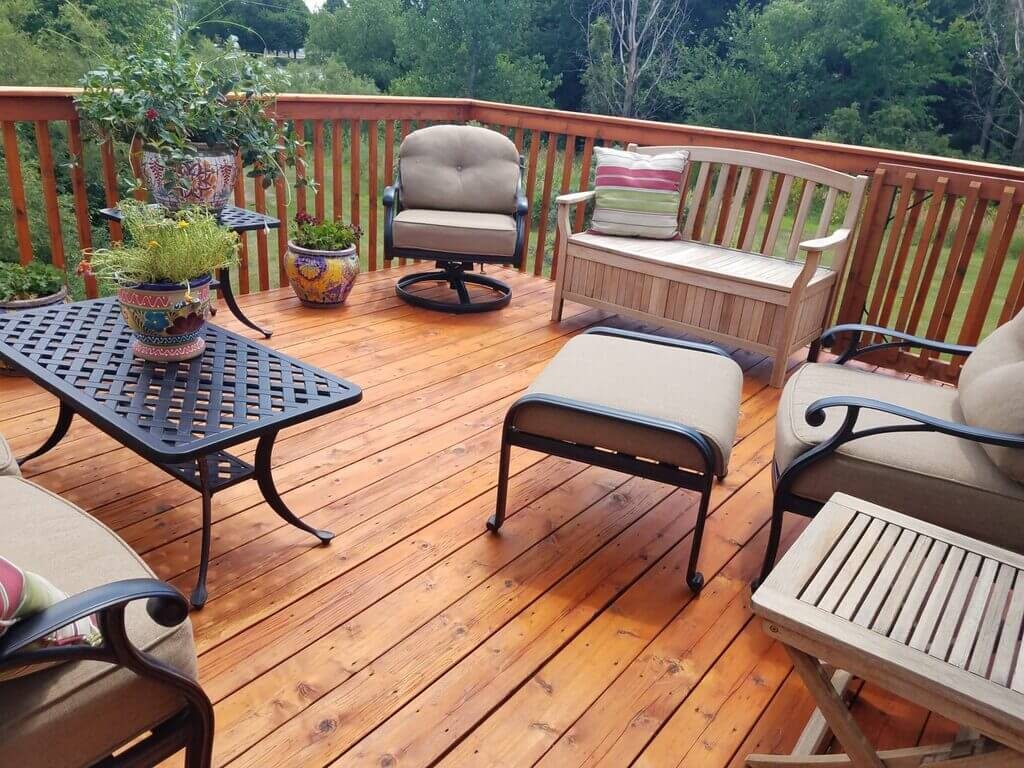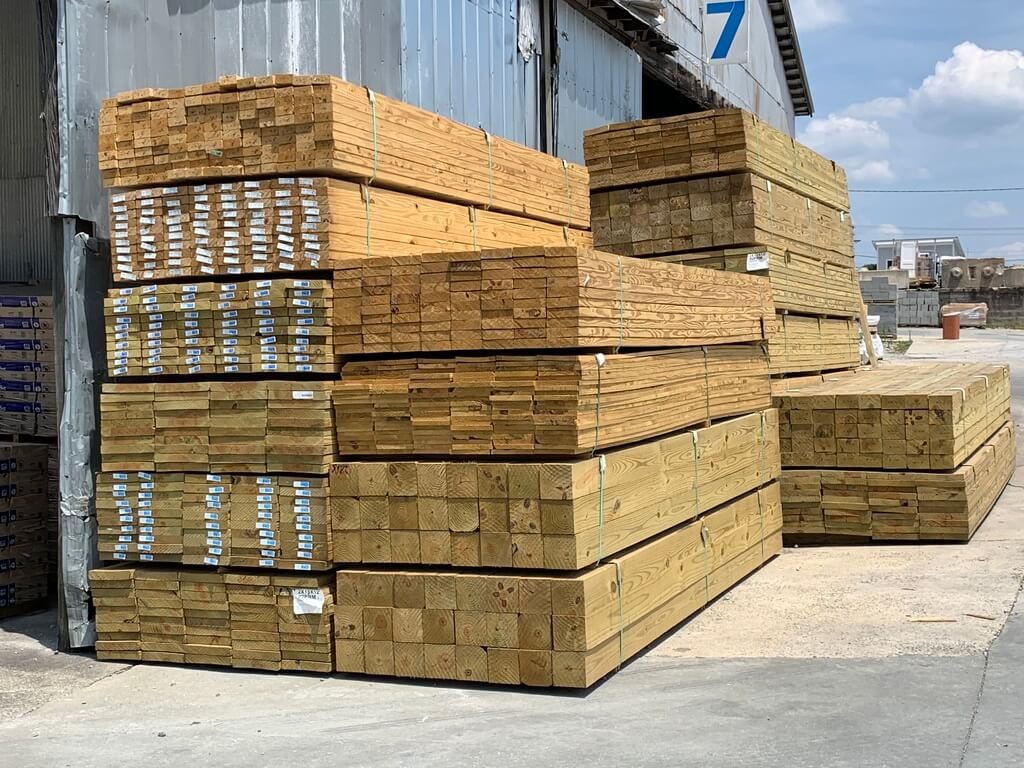Explore this post with:
If you are planning to build a deck, then you need to decide what kind of timber to use for the joists. Joists are the structural members that support the decking boards, so it is important to choose a type of timber that will be strong and durable.
In this blog post, we will discuss the different types of timber and factors that can be used for decking joists, and we will recommend some of our favorites.
Different Factors of Timber
Size
The first factor your need to consider is the size of the joists. Joists can range in width from 2×4 to 2×12, and they are typically made from lumber that is 6 feet long. The width of the joists will determine the spacing of the decking boards, so you need to make sure that the joists are properly spaced before you start building. Some common timber sizes used include 7×2 timber, 9×2 timber, and 11×2 timber.
Timber Grade
The next factor to consider is the grade of the timber. Timber is graded according to its strength and durability, and there are three main grades: select, standard, and utility. Select-grade timber is the strongest and most expensive, while utility-grade timber is the weakest and cheapest. If you are building a deck, we recommend using select-grade timber for the joists.
Strength
When choosing a type of timber for your decking joists, you need to consider the strength of the wood. Stronger woods will be able to support more weight and last longer, so they are ideal for use in decks. Some of the strongest woods used for decking joists include oak, Douglas fir, and cedar.
Quality
You’ll also need to consider the quality of the timber. Timber is graded according to its strength and durability, so you want to choose a type of timber that is high quality and will last for many years. We recommend using select-grade timber for your decking joists to ensure that they are strong and durable.
Budget
Finally, you need to consider your budget when choosing a type of timber for your decking joists. The grade of timber you select determines both the strength and cost – with the select grade being the most expensive but also strongest, while the utility grade is significantly cheaper but weaker. If you are on a tight budget, we recommend using utility-grade timber for your decking joists.
Types of Timber to Consider
Now that you know the important factors to consider when choosing a type of timber for your decking joists, we will recommend some of our favorite types of timber.
Oak

Oak is a strong and durable type of timber that is perfect for use in decks. It is also an affordable option, making it a great choice for those on a budget.
Douglas Fir

Douglas fir is another strong and durable type of timber that is perfect for use in decks. It is more expensive than oak, but it is worth the investment because it will last longer.
Cedar

Cedar is a beautiful type of timber that is perfect for use in decks. It is also a very strong and durable type of wood, making it a great choice for those who want a high-quality deck.
Pine

Pine is a cheap and cheerful type of timber that is perfect for use in decks. It is not as strong or durable as some of the other options on this list, but it is a good choice for those on a budget.
Pressure Treated Timber

Most contractors would call using pressure treated timber the ‘logical choice’. After the expense of laying a new deck, you want it to last as long as possible and pressure treated timber will do just that.
It is resistant to moisture, even being used as support posts for docks and piers where it will be constantly submerged. With that in mind, you know it can handle a little bit of rain now and again! It is also resistant to fungus, which if allowed to take root, will slowly decompose the wood. It is insect resistant, even fire resistant in some cases. The benefits are clear to see.
However, if budget is a concern, just using pressure treated deck joists may be an option. Deck joists are the backbone of your decking and can generally support more weight and span longer distances.
You could then use cheaper, non-treated wood for the decking itself. Bear in mind, though, that this top layer will need to be replaced more often and so in the long run, it may ot turn out to be cost-effective at all.
Final Thoughts on the Best Timber for Decking Joists
Now that you know the different types of timber that can be used for decking joists and the various factors to consider, you can make an informed decision about which type of timber is right for your project.
Be sure to consider the size, grade, strength, quality, and budget when choosing a type of timber for your decking joists and you’ll have a lovely deck that you can continue to enjoy for years to come.
Discover More
About the Author: Nishant Desai
Nishant Desai has over 8+ years of experience in SEO and blogging. His blogging expertise can organically increase online visibility and traffic for blogs and websites. With his SEO expertise, he has already contributed to iGeeksblog, Firstsportz, and Firstcuriosity. In addition, he can create content strategies, conduct keyword research, publish optimized blogs, and resolve technical issues.




